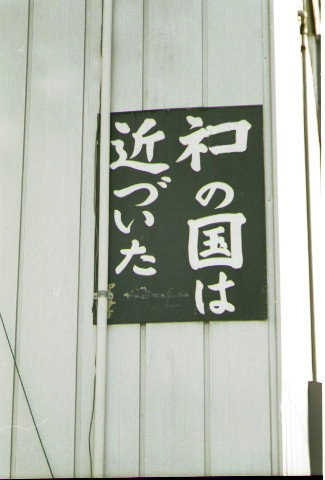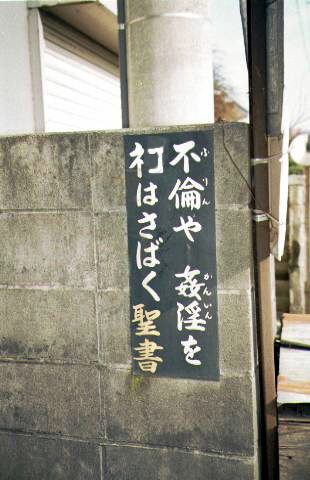Via the Marmot’s Hole, it appears that South Korea is currently drafting a law that would finally allow for dual citizenship of adults. The dual citizenship law in Korea is currently more or less the same as Japan, i.e. that it is only permitted for minors who are theoretically forced to choose upon reaching the age of majority. In Japan that age is 20 and in Korea is 22, but the principal is the same.
Those who obtain foreign citizenship by birth will be allowed to maintain it if they submit a written oath by the age of 22 not to exercise the rights and privileges of foreigners in Korea by using their second passport.
After the age of 22, men will be allowed to maintain multiple citizenship only if they complete their military service here. Under the current law, dual citizenship holders must choose one nationality by the age of 22 and submit a written pledge to give up their foreign citizenship if they choose their Korean nationality. The revision is aimed at blocking a drain on military manpower.
Those caught using their foreign passports to enter international schools or invest in Korea as foreigners will be ordered to choose a single nationality and automatically lose their Korean nationality if they fail to give up their foreign citizenship within a specified period.
The regulations also apply for other groups such as foreigners who have immigrated through marriage with Koreans; highly skilled foreigners; senior citizens living overseas; those who have regained Korean citizenship after being adopted by foreign families; and Chinese nationals who were born and have lived here for more than 20 years.
Under the current law, foreigners have to give up their foreign citizenship within six months after they obtain Korean nationality.
There are a couple of complications that I’m curious about, however. First, I assume that military service has a maximum age as well, and if so, are older men allowed to acquire dual-citizenship without doing it? The second case is more complicated though-the so-called Zainichi Koreans. Republic of Korea citizens who are permanent residents of Japan, particularly those who came during the pre-WW2 colonial period and their descendants. Will they also allowed to become dual nationals? And if so, what about military service?
Well, as it currently stands Zainichi Koreans, as well as Korean permanent residents in other countries, are exempt from the draft. However, should they “return” to Korea with the intention of becoming a permanent resident there, they lose this exemption.
大韓民国 兵役法
第65条(兵役処分変更等)
第2項 ・・・・・・・・・・・国外で家族と共に永住権を得た者(条件付き永住権を得た者を除く。以下同じ)又は永住権制度がない国で無期限滞留資格を得た者の場合には、兵役免除の処分をすることができる。
第4項 ・・・・・・・・・・・兵役の免除を受けた者が国内で永住する目的で帰国するなど大統領令が定める事由に該当するときは、その処分を取り消して兵役義務を賦課することができる。
But will overseas Koreans, such as the Zainichi, even be allowed to acquire dual citizenship? There would probably be no significant issues in a country like the United States, which tolerated dual citizenship-even with countries that require military service, as long as they are a military ally like Israel. But what about Japan? I really can’t say. Although later-arriving Korean immigrants are also technically lumped in with Zainichi, the term is mainly concerned with those who, as I mentioned above, came over as colonial subjects, and their descendants, who were granted an unusual “Special Permanent Residents” status as a diplomatic compromise between Japan and Korea. (Note that the population of Zainichi who “came over during the colonial period and their descendants” is actually larger than the number of Special Permanent Residents, as some thousands returned or moved to Korea when it became independent, but later decided return to Japan, where they had spent most or all of their lives. Those who left Japan and returned were legally counted as new immigrants, and did not qualify for Special Permanent Residency.)
Many have wondered why neither country has ever allowed dual citizenship in the past, particularly for this minority. In fact, when Japan and South Korea were originally discussing the legal status of the Zainichi Koreans, the idea of allowing dual citizenship was floated, but was allegedly vetoed by the US government. As domestic politics in both countries, as well as their relations, have changed a lot over the decades, (and the US probably doesn’t care, or have the power to set policy anymore) a similar conclusion would not necessarily be foregone today, but I still can’t see Japan tolerating South Korea to unilaterally change their citizenship policy in a way that potentially hundreds of thousands of Japan residents. Zainichi Koreans (a group which actually consists of both South Korean citizens and quasi-stateless/quasi-North Korean citizens) have no problem naturalizing as Japanese citizens (they used to), but (at least anecdotally) are also forced to give up their Korean citizenship more strictly than westerners. I can’t see this changing until Japan also changes their own law to allow for adult dual citizenship, and I have yet to see any sign that they plan to do so.


